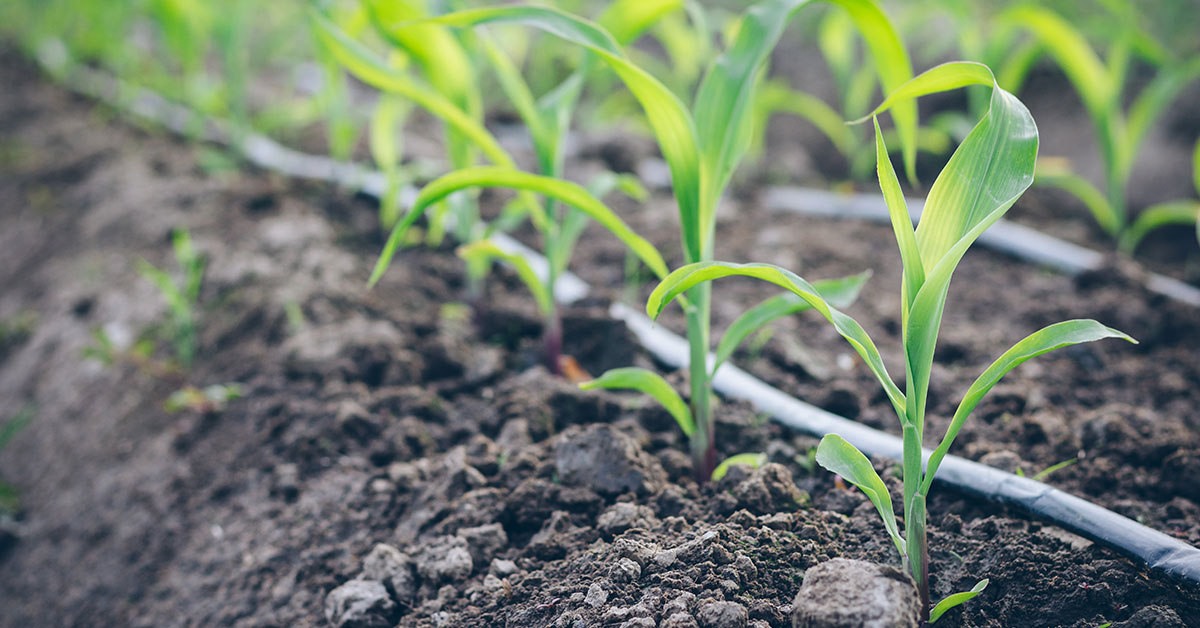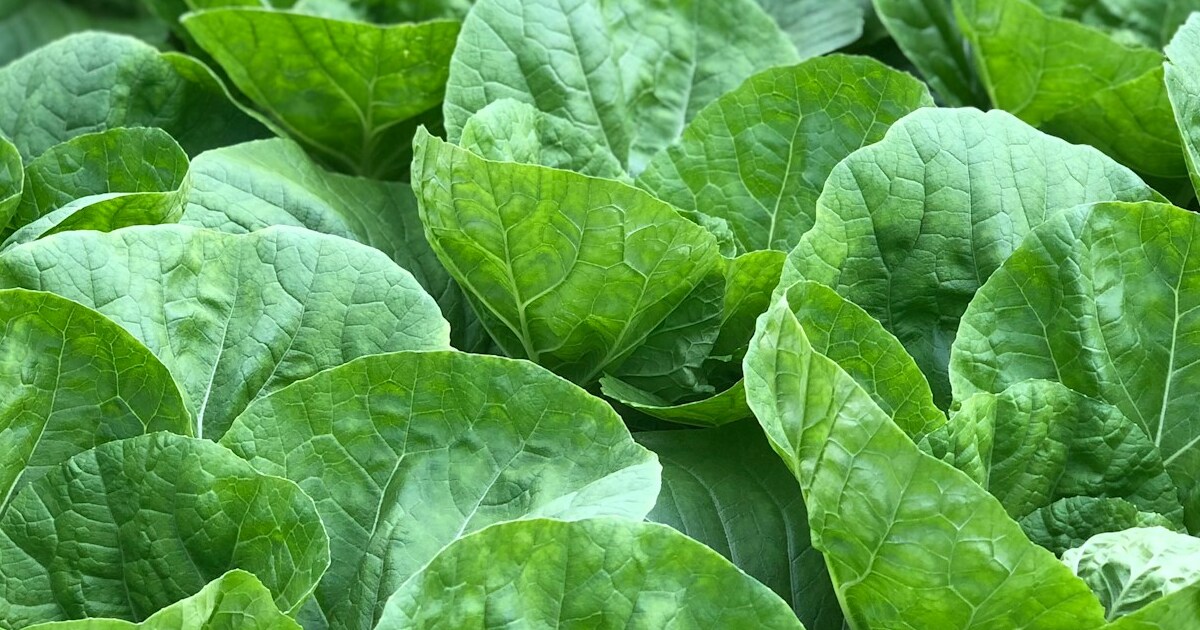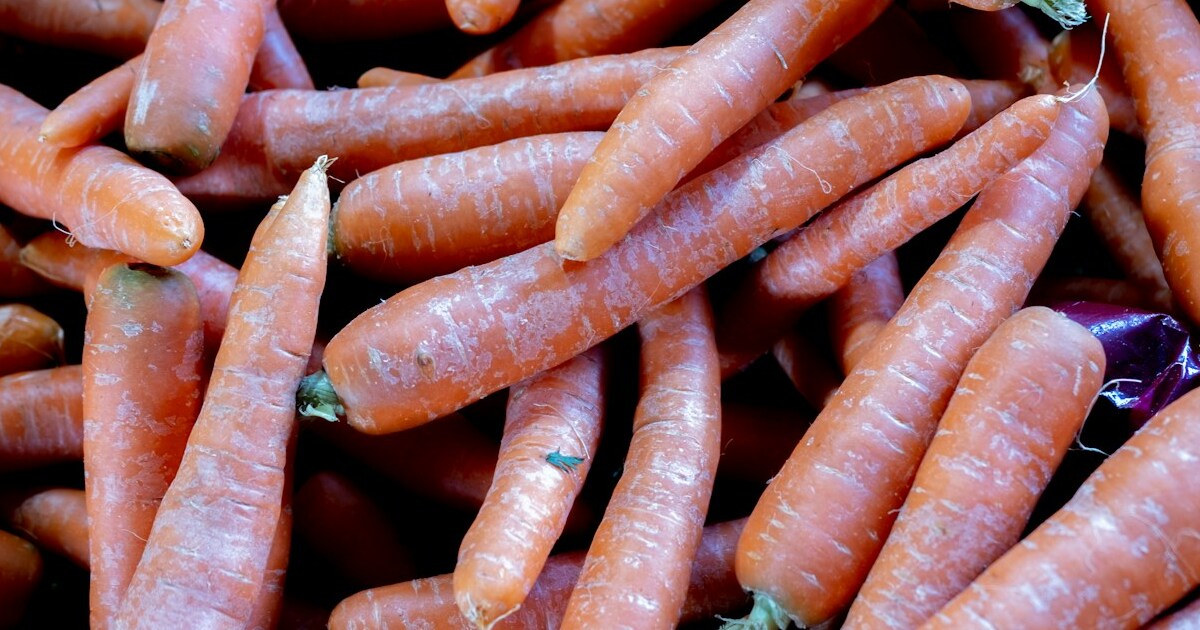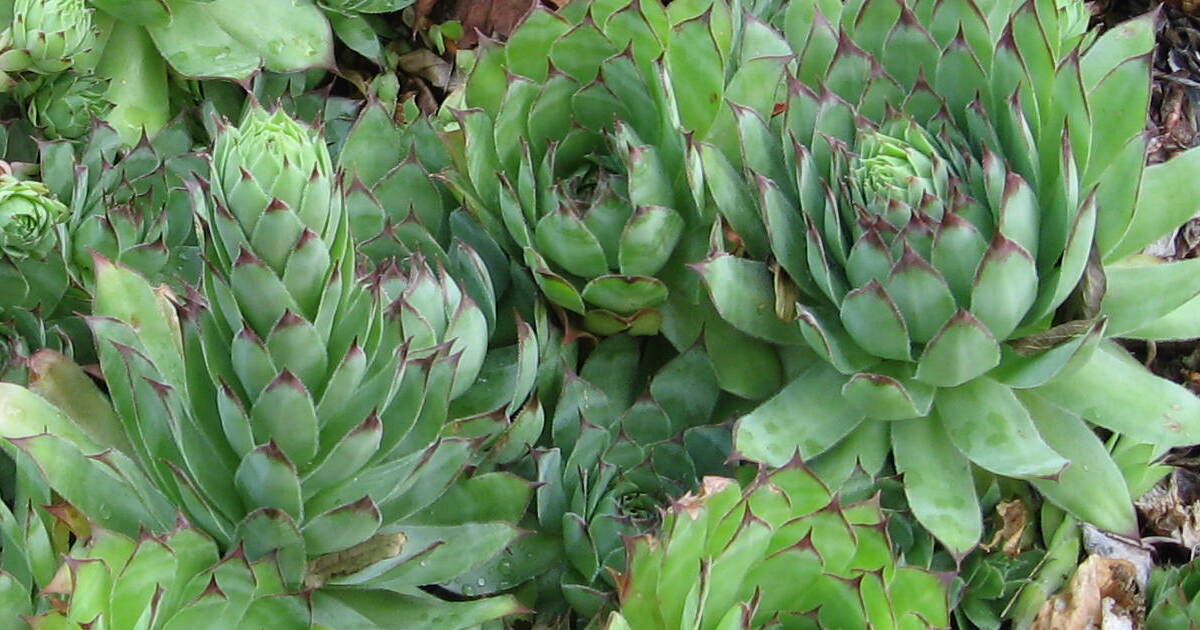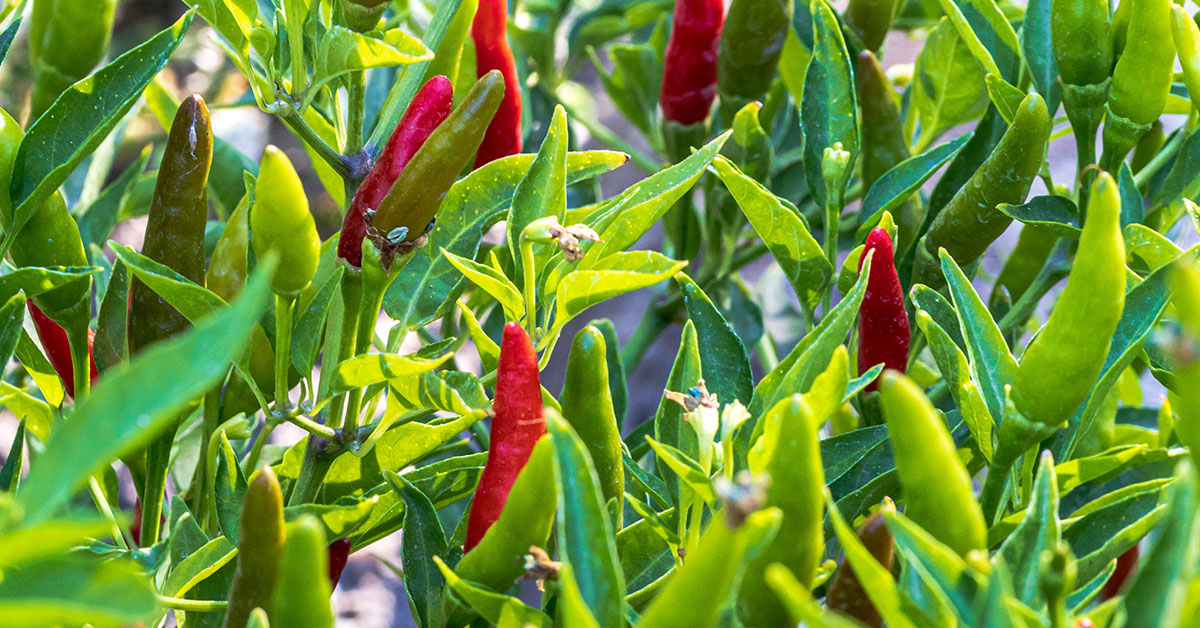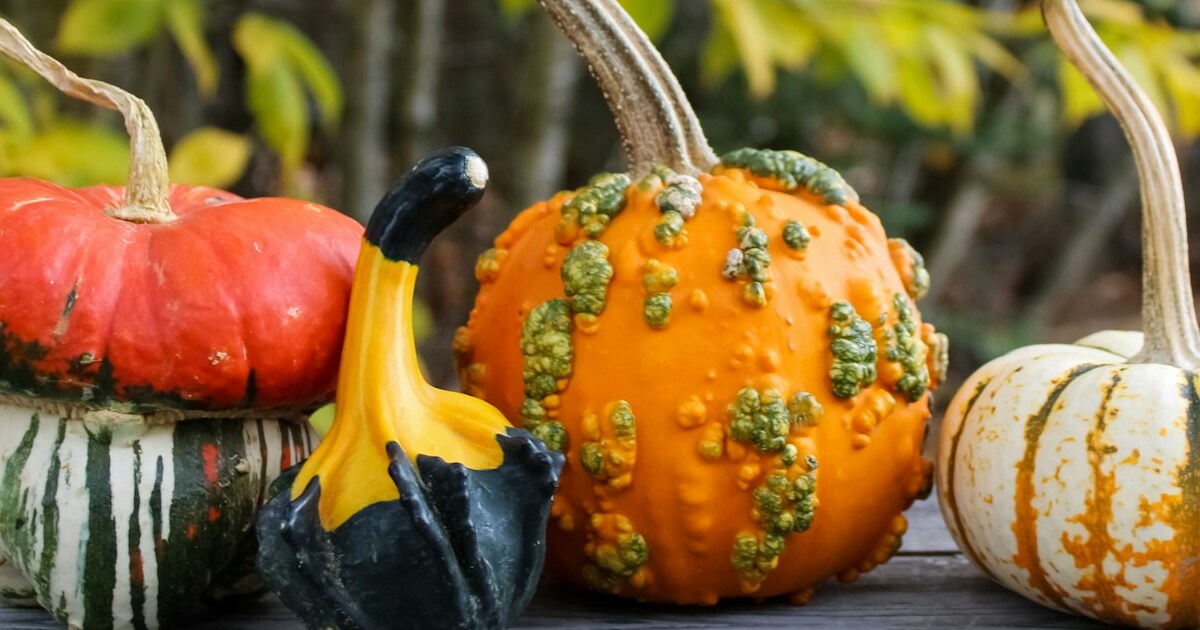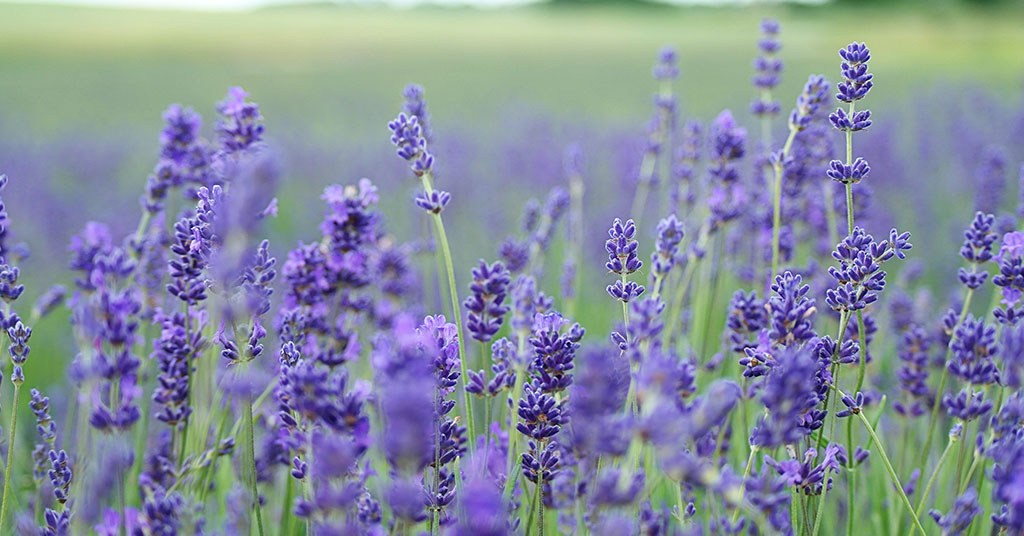Knowing when to plant corn in hardiness zone 9 is important because it affects when the corn will be ready for harvest. Planting too early in the season can lead to poor germination and poor yields while planting too late can mean missing out on the season’s warmest temperatures for good growth and pollination.
In hardiness zone 9, planting should occur after the last frost and before the hottest part of summer. The ideal time for planting is when temperatures are consistently between 65 and 85 degrees Fahrenheit. With the right timing, gardeners can produce a bounty of fresh corn from their own backyard.
Knowing how to plant corn is essential to ensure a successful harvest. Corn is an important crop for many countries around the world, providing food and economic stability for millions of people. Planting the seeds correctly is the only way to ensure that the crop is healthy and yields a good harvest.
Planting corn requires knowledge of the soil conditions, the amount of water and sunlight needed for the seeds to germinate, as well as the proper spacing to allow the plants to grow properly. Planting corn properly will ensure that the crop is healthy and yields a good harvest, providing food and economic stability for millions of people.
When to plant corn in zone 9
Corn is a warm-season crop that requires a specific planting time to produce a good harvest. The best time to plant corn depends on your region’s climate and the type of corn you’re planting.
Typically, corn should be planted in the spring when the soil temperature reaches around 60°F (15°C). In colder regions, starting corn seeds indoors two weeks before the final frost date can help extend the growing season. In zone 9, your final frost date is around February 28th.
Starting your corn seeds early allows the seedlings to mature and be ready to transplant into the garden when the weather warms up. By starting the seeds indoors, you can ensure that the corn plants have enough time to grow and produce a good harvest.
Keep Reading: Heirloom Sweet Corn Varieties: A Guide to Heritage Corn
Transplanting corn seedlings outdoors
Planting corn outdoors can be a rewarding experience, but it’s important to do it correctly to ensure healthy growth and a bountiful harvest. Here’s a step-by-step guide on how to plant corn outdoors:
Corn thrives in well-draining soil that’s rich in organic matter. Before planting, clear the area of any weeds or debris and loosen the soil to a depth of at least 6 inches. Add compost or aged manure to the soil to boost its nutrient content.
Corn plants need to be spaced appropriately to allow for healthy growth and pollination. For most varieties, plant the seeds 1-2 inches deep and space them about 8-12 inches apart in rows that are 30-36 inches apart. This will provide enough room for the plants to grow and for pollination to occur.
Corn requires regular fertilization to promote healthy growth and high yields. Fertilize the soil with a balanced fertilizer, following the manufacturer’s instructions. Water the plants regularly, ensuring that the soil stays evenly moist. Corn plants need at least 1 inch of water per week.
Corn is susceptible to a variety of pests, including cutworms, corn borers, and aphids. To prevent infestations, monitor your plants regularly and take action as soon as you notice any signs of damage or yellowing. Consider using organic pest control methods, such as companion planting or applying natural pesticides.
Popular varieties of corn to try
Picking the right type of corn for zone 9 is pretty important. Some varieties mature faster, making them ideal for cooler climates. Others take longer. These are some of the more popular varieties of corn commonly grown:
- Silver Queen – 92 days
- Golden Bantam – 75 days
- Country Gentleman – 90 days
- Ambrosia – 75 days
- Honey Select – 75 days
- Early Sunglow – 63 days
- Peaches and Cream – 85 days
- Bodacious – 75 days
- Trinity – 90 days
- Kandy Korn – 89 days.
When to harvest corn in zone 9
Harvesting corn at the right time is critical to ensure its maximum flavor and sweetness. Typically, corn is ready for harvest about 20 to 25 days after the silk emerges from the ear. However, the exact timing will depend on the variety and growing conditions.
Here are the steps to follow for harvesting corn:
- Look for signs of maturity: Check the husks for browning and drying out, the silk should be dark and dry, and the kernels should be plump and firm.
- Test a few ears: To check if the corn is ready to harvest, pull back the husk and pop a kernel with your fingernail. The liquid should be milky white and not clear.
- Harvest: Once the corn is ready, twist the ear downwards and give it a sharp tug. The ear should snap off the stalk cleanly. Avoid pulling the ears upward as it may damage the plant.
- Store: To maintain the corn’s freshness, store it in a cool, dry place, and consume it as soon as possible.
It’s important to note that corn’s sweetness starts to deteriorate rapidly after it’s picked, so it’s best to harvest and consume it within a few days. By following these simple steps, you can ensure a bountiful and flavorful harvest of corn.


